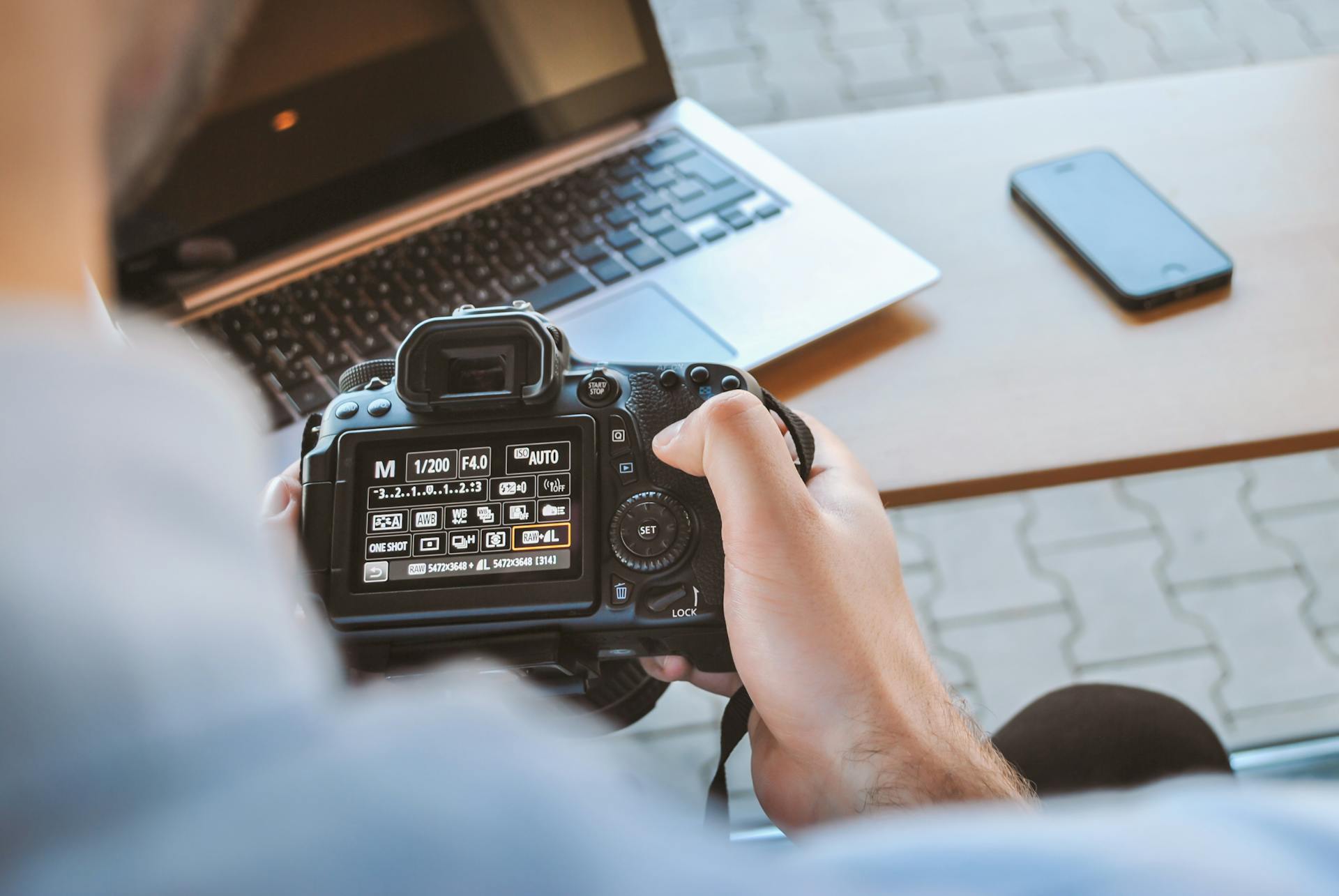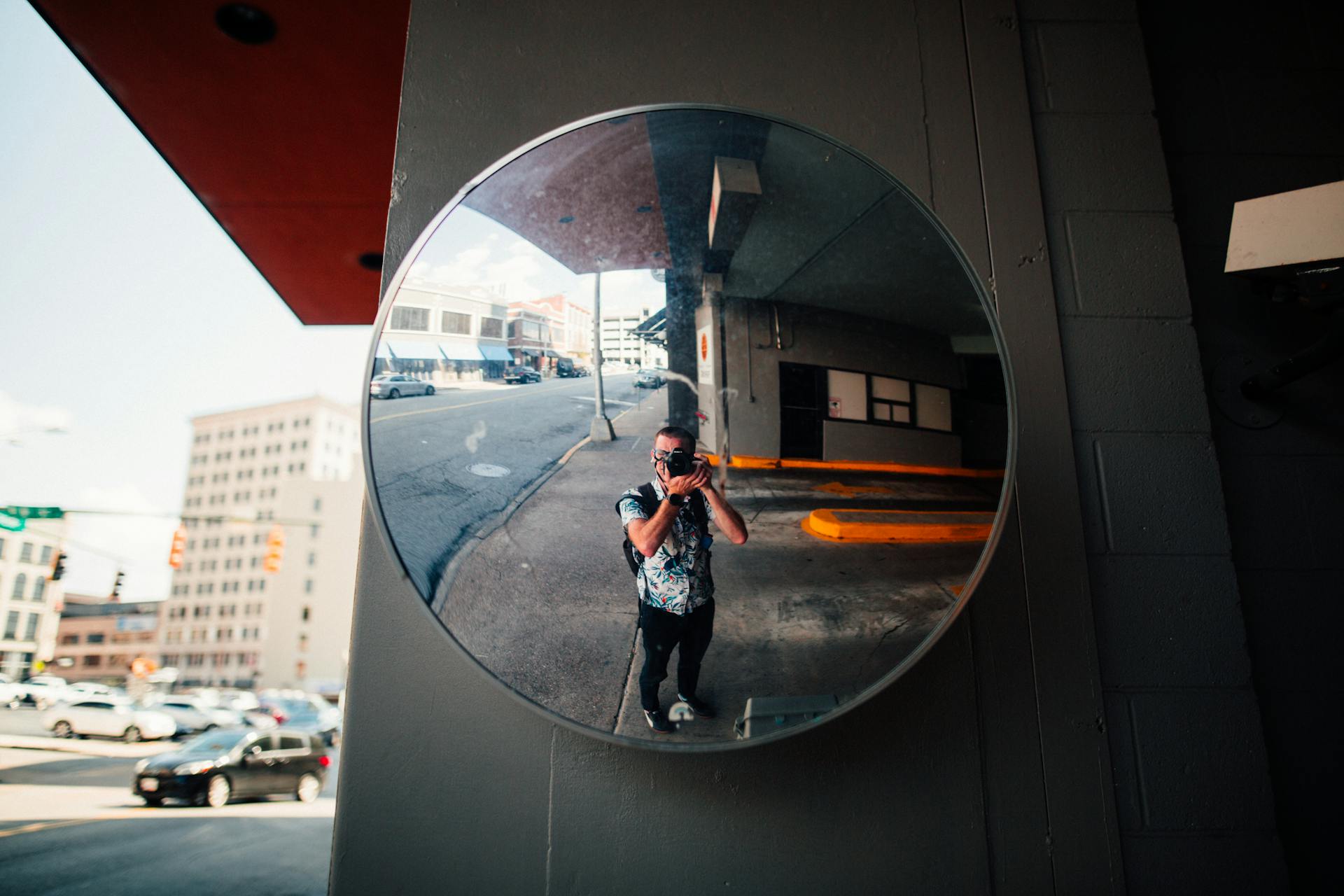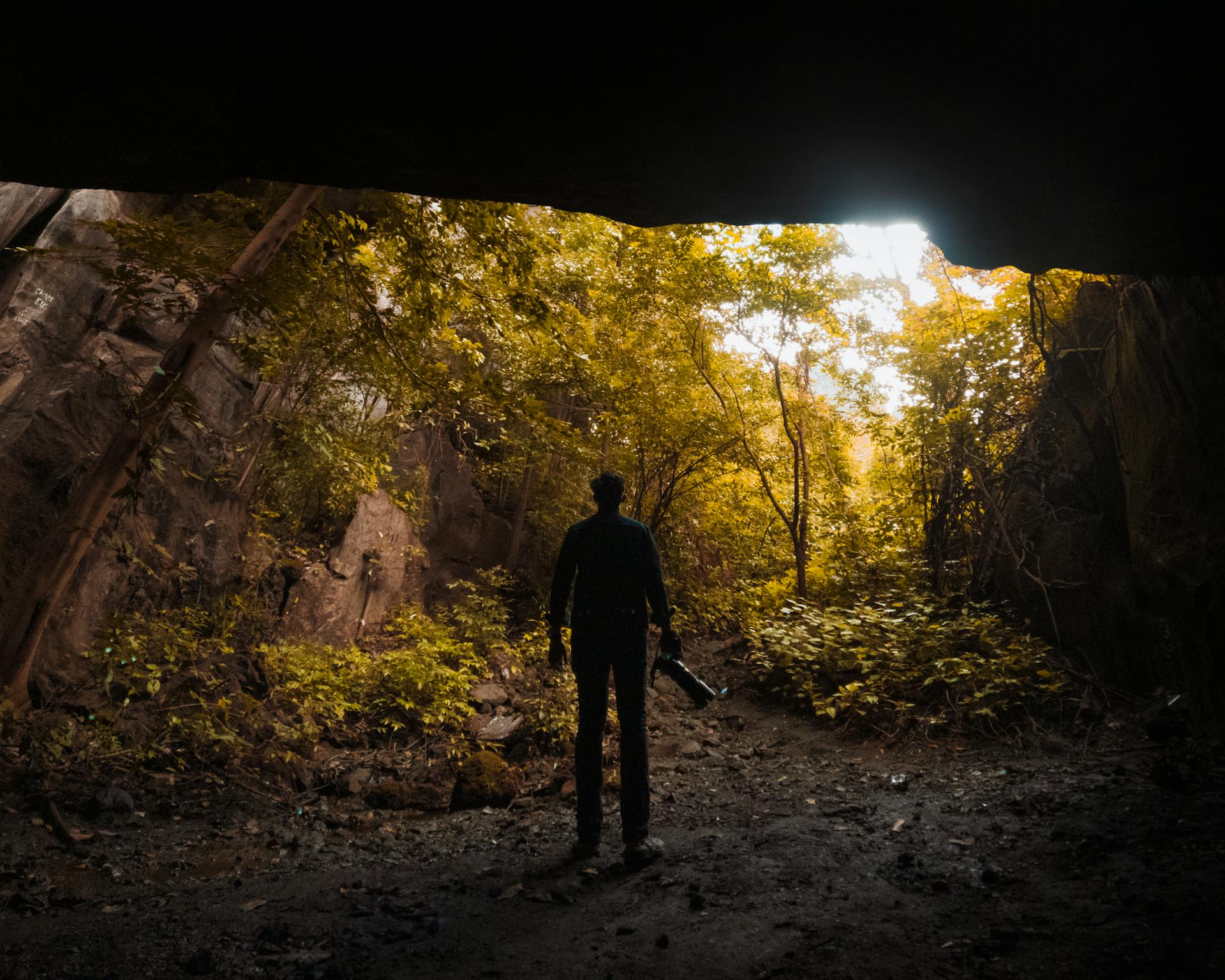
Camera movements enhance the visual storytelling experience for any filmmaker, allowing them to communicate mood, emotion and narrative with greater depth. From a simple pan to a complex tracking shot, camera movements can be used effectively to create an immersive cinematic experience. In this article, we'll explore everything you need to know about camera movements.
Whether you're making a feature film or shooting a corporate video, understanding how different camera movements work can help you elevate your visual storytelling. Camera movements not only add dynamism to your shots but also help you convey important information that may otherwise be lost in static framing. With careful consideration of camera movement and placement, filmmakers can direct the viewer's attention and manipulate their perspective.
In this comprehensive guide, we'll delve into the various types of camera movements available at your disposal, along with when and how they should be used to achieve specific effects. You'll learn about the technical aspects of each movement, along with practical considerations such as equipment requirements and set preparation. By the end of this article, you'll have a solid understanding of how camera movements can enhance your storytelling skills and take your filmmaking to the next level.
Intriguing read: Fisheye Lens Camera Tips
Discover How Camera Movements Enhance Your Storytelling
Camera movements are an essential aspect of visual storytelling. They allow filmmakers to control the viewers' perspective and guide their attention towards the focal point. Whether it’s an aerial shot or a bird's eye view, camera movements can imply adjusting the viewers' emotional response to a scene. As a result, proper execution of this filmmaking technique can enhance the overall impact of your story.
One popular camera movement is rack focus, which shifts the focus from one object to another within the same shot. This technique can be used to direct the viewer's attention to a specific detail or character, creating a sense of intimacy with them. Another example is dolly zoom, which is often used in suspenseful scenes to create an impending danger or disorientation feeling.
When you're planning your shot list, consider incorporating various camera movements that will elevate your story. Be sure to account for the equipment you'll need, such as rigs or stabilizers that will enable smooth camera movements. By making use of different camera movements in your film, you can create powerful visual storytelling that captures and holds onto your audience's attention throughout.
For more insights, see: Iphone Camera
Elevate Your Ideas with Refined Shot Lists and Storyboards
Camera movements are an essential tool to create robust and dynamic video content. With the help of customizable shot lists, you can easily plan out your shots and make sure that each one complements the others. You can also upload images to help visualize how each shot will look, making it easier to communicate your vision with your team.
By using shot lists, you can ensure that your shots are both creative and efficient. A well-planned shot list can save time and resources, allowing you to focus on capturing the best footage possible. Additionally, learning how to make storyboards can help you visualize your ideas in a more organized way, helping you keep track of everything from camera angles to lighting.
In conclusion, refined shot lists and storyboards are crucial tools for anyone looking to elevate their video content. By taking the time to plan out each shot and visualizing how they will all come together, you can create a more engaging and cohesive final product. Whether you're new to video production or looking to improve your skills, learning how to create robust shot lists and storyboards is a valuable skill that will pay off in the long run. Learn more about these techniques today!
Discover the Must-See Ultimate Guide for Camera Movement!
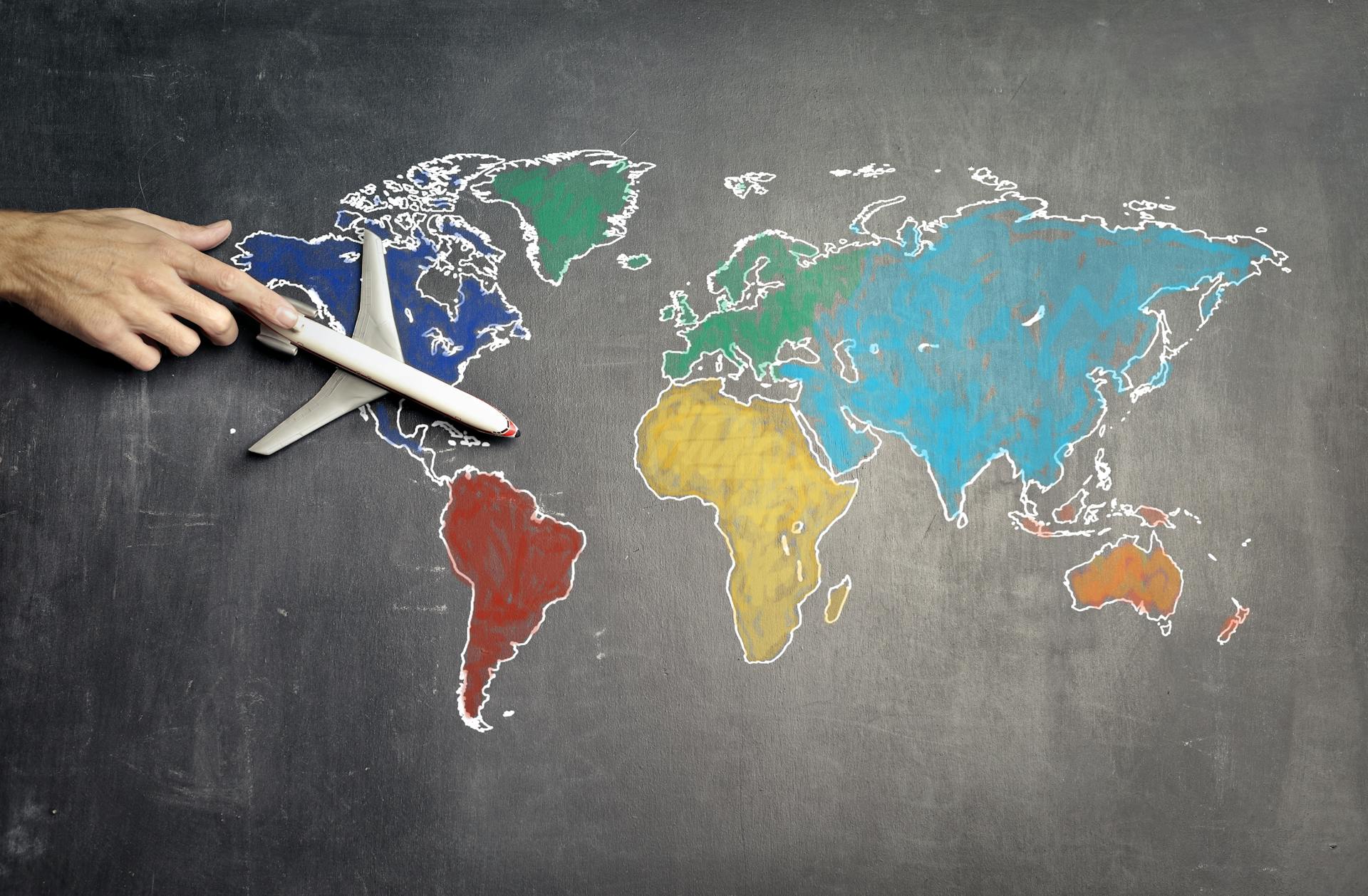
In filmmaking videos, camera movement is essential to create depth and visual interest. There are several types of camera movements that can be used to achieve different effects in your shots. A static shot is when the camera remains still throughout the scene. This type of shot can be useful when you want to emphasize a particular element in the frame or when you want to create a sense of stability.
Dolly zoom is another popular camera movement that involves zooming in or out while moving the camera forwards or backwards on a dolly. This technique creates a disorienting effect that can be used to convey psychological unease or tension. A tracking shot involves moving the camera along with the subject as they move through the scene. This technique creates a sense of motion and allows you to follow the action closely.
An arc shot involves moving the camera in a circular motion around the subject, creating an interesting visual effect. A boom shot involves moving the camera vertically up or down using specialized equipment, such as a crane or jib arm. Finally, random movement can also be effective when used sparingly to create an organic feel to your shots. By mastering these different types of camera movements, you can add depth and interest to your filmmaking videos and take your work to new heights!
1. Different types of camera movement
Camera movements are essential elements in the art of filmmaking. They add depth and meaning to the story being told, as well as provide a more immersive viewing experience for audiences. There are many different camera movements that filmmakers can use to achieve their desired effect, some of which include panning, tilting, zooming, tracking, and crane shots.
Panning is when the camera moves horizontally from one side to another. Tilting is when the camera moves vertically up or down. Zooming is when the camera lens changes focus from wide-angle to close-up. Tracking involves following subjects while they move through a scene. Crane shots are used to capture aerial views from high above the ground. This is not a complete list of all camera movements but it gives an idea of what filmmakers can accomplish with different camera movements. In conclusion, understanding the camera movement definition and knowing how to use various camera movements can help filmmakers tell their stories better and create more engaging films for their audiences.
2. What is camera movement?
Camera movement is a filmmaking technique that refers to the physical movement of the camera during a shot. Camera movements can be achieved by either moving the camera physically or using specialized equipment like dollies and cranes. Camera movement plays an important role in creating different emotional effects in films, as well as cutting specific types of shots together.
There are many different types of camera movements, including pans (sideways movements), tilts (up and down movements), zooms (changes in focal length), and tracking shots (moving the camera along with a subject). Each type of camera movement can create a unique emotional effect on the audience, whether it's a sense of excitement or unease. By cutting specific types of camera movements together, filmmakers can also create dynamic and engaging sequences that draw the viewer into the action.
Achieving Fluid Camera Motion: Tips and Techniques
Getting a smooth camera movement can be a challenge, but there are various techniques that you can use to achieve it. Camera movements play an integral role in filmmaking, but without the right equipment, it can be difficult to get the perfect shot. Camera rigs and support systems such as tripods or shoulder mounts provide stability to make sure that the camera is stable during static shots. Additionally, adjustable tripods and tripod heads allow for elaborate camera movements.
If you're on a tight budget, don't worry because there are many budget-friendly options available for achieving smooth camera movement. For instance, using a crane shot or similar shot can give your footage that extra dynamic feel without breaking the bank. There's also specific equipment like shoulder mounts that help make stable handheld camera movement possible.
One of the most effective hacks to limit shakiness is by using handheld tracking shots running alongside characters or objects in motion. Handheld static shots work well too if you're looking for more of a documentary-style look. Ultimately, the key to getting smooth camera movement is experimenting with different techniques and finding what works best for your project.
Explore Dynamic Photography with Camera Movements
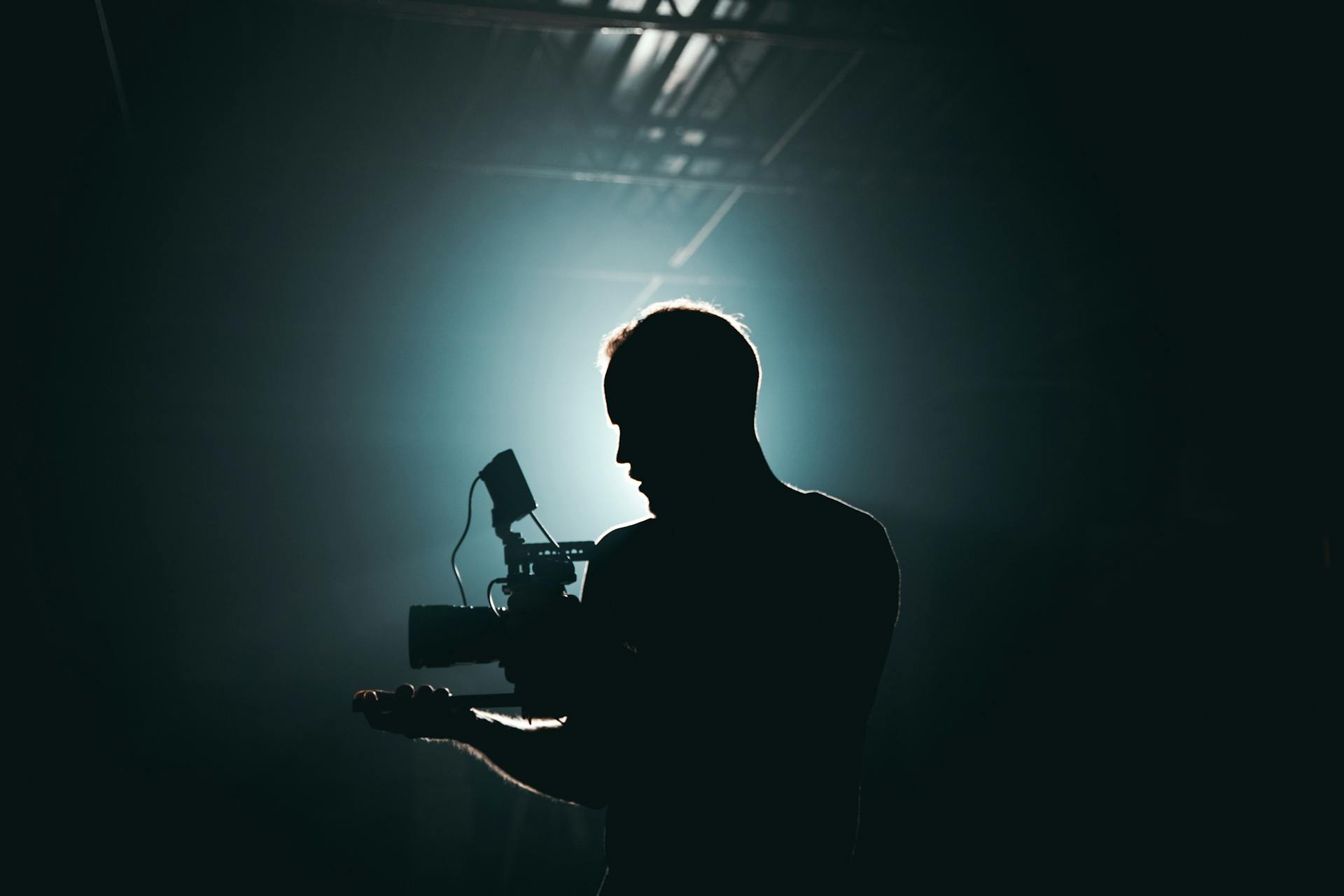
Let's talk about camera movements- one of the most important types of techniques that can help you capture movement photography. Camera movements refer to the different ways in which a camera can move while taking a picture. By using multiple frames or a single frame, you can communicate motion and create dynamic, visually interesting images.
Using camera movements is essential for creating dynamic photography. Panning involves moving your camera horizontally, following the subject’s movement, and freezing them in motion. Tilt-shifting creates a miniature effect by narrowing the focus on specific parts of an image while blurring out others. Each type of camera movement helps create unique visual effects that make your photos stand out from the rest.
When trying to capture movement photography, it’s important to remember how camera movements can be used creatively. Different types of camera movements can convey different moods and emotions in your photographs. So experiment with different techniques and have fun capturing dynamic moments!
Frequently Asked Questions
What is camera movement?
Camera movement refers to the physical movement of a camera during filming. It can add visual interest, create a sense of motion, and enhance the storytelling aspect of a film or video.
What is camera movement and why does it matter?
Camera movement refers to the way a camera physically moves during filming. It matters because it can add depth, emotion and help tell the story being captured on film.
What is a dolly zoom camera movement?
A dolly zoom camera movement is when the camera moves towards or away from the subject while simultaneously adjusting the lens zoom to create a disorienting effect. This technique is often used in suspenseful or dramatic scenes to increase tension and evoke unease in the audience.
What are the best camera movements?
The best camera movements depend on the desired effect and context, but some popular techniques include pans, tilts, dollies, zooms, and handheld shots. Each movement adds a unique visual element to the story being told.
What are camera movements in user-generated video?
Camera movements in user-generated video refer to the way a camera is physically moved or positioned to capture different angles and perspectives of a scene. These movements can add depth, dimension, and visual interest to a video.
Featured Images: pexels.com
